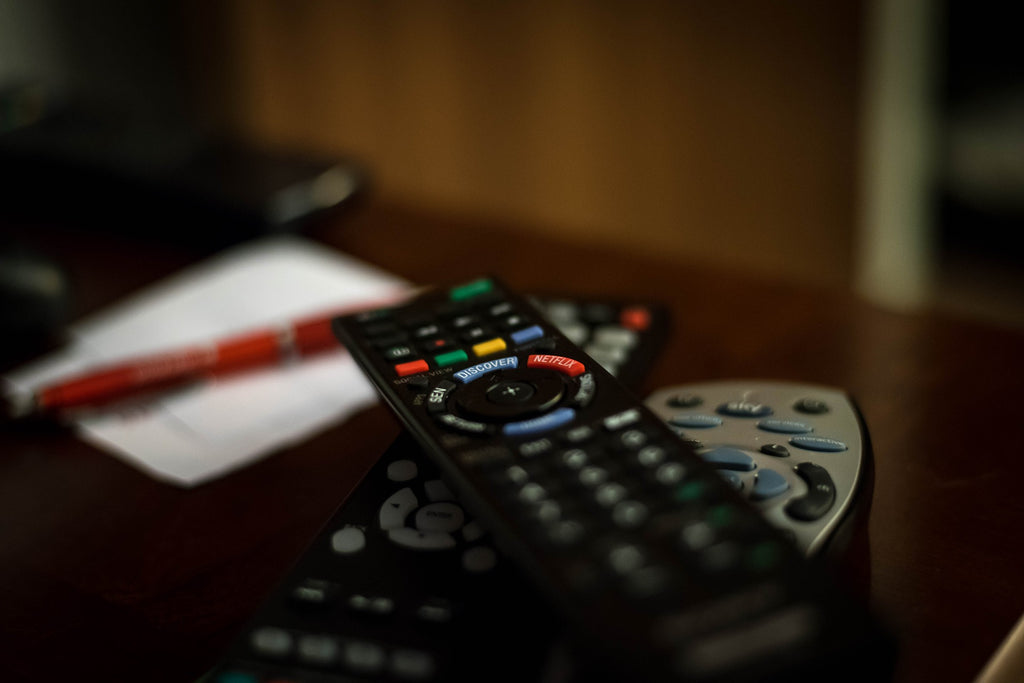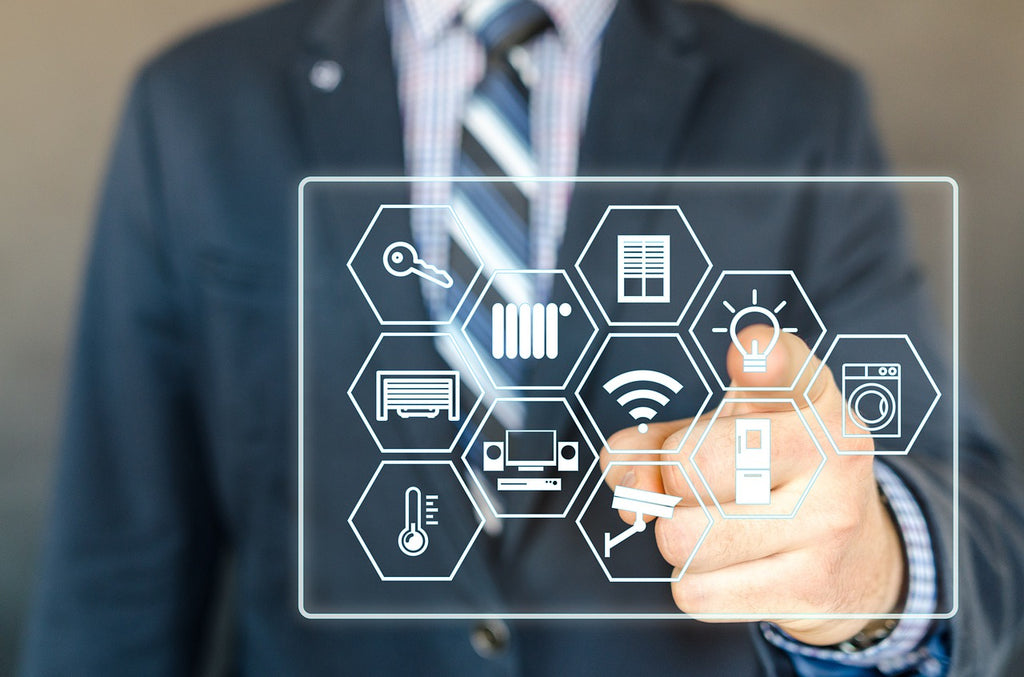In today's digital world, smart technology touches so many areas of our lives but plays a different role depending on what we want technology to accomplish for us. All of our users are unique, meaning there are few cases of users interacting with their collection of devices in exactly the same way. Some primarily use tecla-e to stay connected to their caregiver, while others may want to email, code, take photos or control their home without requiring several different assistive devices or adaptive equipment. So, we wanted to write this blog to illustrate the potential that current and new users that live with mobility and dexterity impairments have to access a variety of mainstream technology - hands-free.
1. Personal Technology
Smartphones
Mobile technologies have transformed the way we communicate, gather information, and consume content. Before smartphones and social media, our networks were smaller and the opportunity to connect with like-minded individuals was limited. Now, many of us find discover new ways to interact with information online, whether we're at home, at work, or on the move. As society begins to assume that everyone has access to a smartphone, and become dependent on them, we neglect the fact that many people with limited mobility and dexterity are excluded from this digital revolution. Assistive devices like tecla-e bridge this gap by allowing power wheelchair users to interact with their iPhone or Android phone with their driving controls and other input devices like light-touch buttons and sip-and-puff switches. Check out more accessibility feats from technology companies from in recent blog: The Biggest Announcements in Accessibility this Year.
Tablets
Tablets can do pretty much everything your smartphone can out-of-the-box, they just come in a larger package. Tablets, especially the iPad, are popular amongst power wheelchair users because the size is much more suitable for activities such as reading eBooks and streaming video content. They are also a great alternative for laptops, which aren’t as easy to travel around with or mount on a wheelchair as tablets, so they have become the perfect medium with the convenience of smartphones and power of computers.
Computers
Access to computers is equally important to our users as access to mobile technology. The software and tools that are available on macOS and Windows computers are what makes us productive at work and allow us to develop important skills. For Mac computers, switch users can take advantage of the same accessibility feature that makes it possible to navigate iPhones and iPads with a switch: Switch Control. With the On-Screen Keyboard, users can type without a physical keyboard and use features like dictation and word prediction to get even more done.
For Windows computers, the accessibility features for wheelchair users, especially those with quadriplegia, focus on head and eye tracking solutions, voice, and the On-Screen Keyboard (OSK) for typing with a switch. There is no built-in scanning software, so a little more customization is needed to access Windows computers through tecla-e. There are two ways that tecla-e can be used as a mouse click to navigate a Windows computers:
- Create a custom script with AutoHotkey so that the F1 mouse key would be programmed to the left click function of a mouse. F1 is programmed to tecla-e's Port A.
- Download a third-party Switch Scanning software. Unlike MacOS, Windows does not have a Switch Access feature built into their computers. The two that we would recommend are Communicator 5 or Grid 3 for Windows control.
Voice Assistants
Voice assistants that are built-in to smartphones, tablets, computers or smart speakers have become an important access tool for people with disabilities. The more they become smarter and gain new features like “Hey Siri” and Siri Shortcuts, the more we can use our voice to interact with our devices without navigating a digital interface. tecla-e users who have communication impairments can still harness the power of voice assistants without using their voice. In the Tecla app, users can create custom buttons for Alexa Skills that can be triggered through the remote interface!
2. Infrared Devices

Logitech Harmony Compatible Devices
With over 270,000 compatible entertainment and smart home devices, the Logitech Harmony Hub is one of the most universal hubs on the market that connect your Z-wave, ZigBee, and Wifi appliances together to create one system. tecla-e has partnered with Logitech to integrate all your Activities into the Tecla app and allow users to trigger an Activity with an ability switch. Visit the Harmony website to learn more about Activities and search to discover whether your device model is compatible with the hub.
3. Smart Home Appliances

Smart Lights
WiFi Enabled lighting systems like Philips Hue and LIFX can be set to dim, brighten, turn on or off at different times of the day, allowing wheelchair users who are unable to interact with traditional wall switches to control their environment. However, with access to smartphone apps and the ability to assign a switch to trigger a smart light, tecla-e brings even more independence.
Thermostats
Nest thermostats have revolutionized the way the average homeowner controls the temperature of their home and saves energy. Not only does it automatically adjust the temperature based on your daily routine, but it also can be manually adjusted whether you’re in the living room or at work through the app. The best part about WiFi thermostats is that they are inexpensive and take 20-30 min for a family member to install. With a smartphone and a tecla-e, wheelchair users are ready to control their thermostat immediately, skip the complex systems, and start creating a powerful and affordable smart home.
Smart Plugs
A WiFi plug is a simple device with a huge feature. It looks like the regular power adapter that comes with your smartphone but is really a device that turns any traditional appliance you plug into the wall into a WiFi Enabled appliance. So, instead of plugging your fan or toaster into an ordinary electrical outlet, you would plug it into your smart plug and control the appliance through the mobile app or IFTTT!
Apple TV
One thing we love about Apple is that they didn’t just stop at the iPhone when thinking about integrating accessibility features for users with different abilities, meaning the Apple TV is also switch accessible! With Switch Control for tvOS, users with limited mobility can navigate sequentially through onscreen items so you can select, tap, drag, type, and control their media playback using ability switches. With tecla-e, you can pair your Apple TV via Bluetooth, along with up to 7 additional devices that can all be controlled independently. This means users can switch between controlling their TV to controlling their smartphone to controlling their tablet simply by pressing and holding a switch.
Check out tecla-e controlling multiple devices in the video below!



Leave a comment: